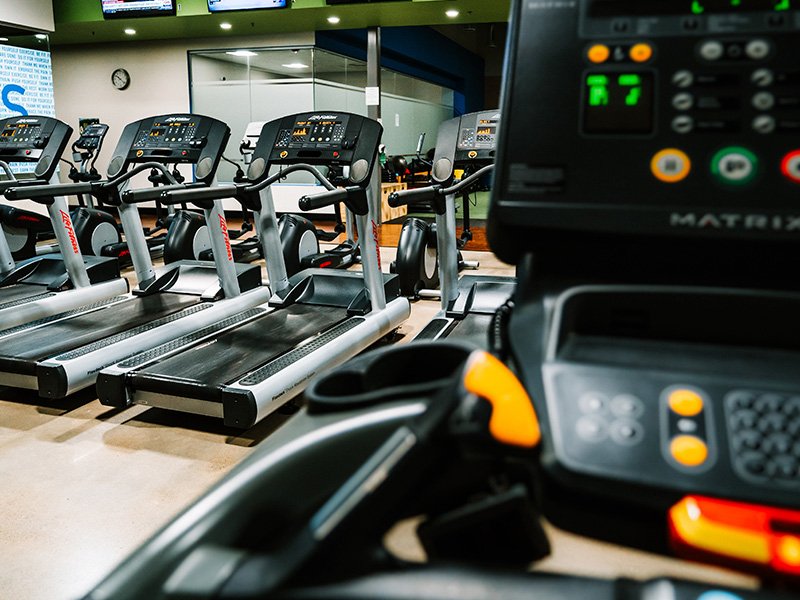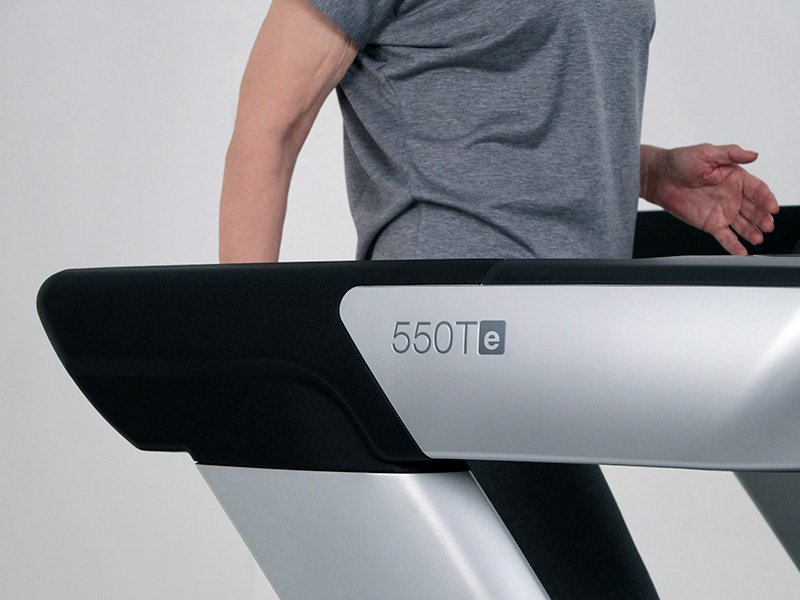Regarding incorporating exercise into our daily routines, treadmills have become a popular choice for many individuals seeking the convenience of indoor workouts. However, there’s more to consider than just the features and price when selecting a treadmill. One crucial factor often overlooked is how much a treadmill weigh. This article delves into the significance of treadmill weight and why it matters in your fitness journey.

The Weighty Issue: How Much Does a Treadmill Weigh?
Treadmills vary widely in weight, with the average ranging from around 200 to 300 pounds (90 to 136 kilograms). Some heavier-duty models can weigh even more. But why does the weight of the treadmill matter? Here are several reasons to keep in mind:
1. Stability and Durability
The weight of a treadmill is closely linked to its stability and durability. Heavier treadmills are often more stable during intense workouts, reducing the likelihood of wobbling or shaking. This stability makes your exercise experience safer and ensures the machine’s longevity. A heavier frame is typically an indicator of better construction and higher-quality materials.
2. Noise and Vibrations
Lighter treadmills may produce more noise and vibrations as you run or walk on them. The machine’s weight contributes to how well it absorbs the impact of your steps. A heavier treadmill tends to be quieter and generates fewer vibrations, making for a more pleasant exercise environment, especially if you live in an apartment or have downstairs neighbors.
3. Intensity and User Weight
A more severe treadmill might be more suitable if you plan to engage in high-intensity workouts or are heavier. The added weight increases stability, allowing the treadmill to support your movements and body weight better. This is particularly important for runners who engage in sprinting or interval training, which can exert significant force on the machine.
4. Transport and Storage
While a heavier treadmill offers benefits in terms of stability, it may pose challenges when it comes to transport and storage. A lighter model might be more practical if you have limited space or frequently need to move your treadmill around. Some treadmills have folding features that make storage more accessible, but striking a balance between weight and convenience is critical.
Choosing the Right Treadmill Weight for You
Selecting the ideal treadmill weight depends on your specific fitness goals, living situation, and intended usage. Here are some considerations to guide your decision:
Fitness Goals: A heavier treadmill could be better for stability and support if you’re an avid runner or engage in high-intensity workouts.
Space: Consider where you plan to place your treadmill. A heavier treadmill might work well if you have a dedicated workout space. A lighter model with folding capabilities could be more suitable for smaller living areas.
Noise Sensitivity: If noise is a concern, a heavier treadmill could help reduce vibrations and the overall sound generated during workouts.
User Weight: Your weight matters, too. Heavier individuals might benefit from a more substantial treadmill that can better handle their body weight without compromising stability.
Budget: Heavier treadmills, often equipped with advanced features, can be more expensive. Evaluate your budget for the features and weight that align with your needs.

In Conclusion
Getting caught up in the allure of high-tech features and sleek designs is easy when shopping for a treadmill. However, pay attention to the importance of how much a treadmill weigh. The machine’s weight can significantly impact its stability, durability, noise level, and overall suitability for your fitness routine and living situation. Considering your needs and goals, you can balance treadmill weight and functionality, ensuring a satisfying and practical workout experience.


